Casseroles are so comforting. This one is especially delicious – made with ground turkey, a bit of corn, tomato puree, oodles of grated cheese, and an unusual bottom “crust.”
I really do love casseroles. I wish they’d come back into fashion. In some circles, they’ve never gone “out.” When I serve them, I always get raves. This one will be a repeater on my menu whenever I feel the urge to make a casserole for friends or family.
Occasionally my evening bible study group gathers for dinner – this one was a potluck, and everyone brought other things to round out the menu. The dish serves 12 – I made two of those pies like you see in the above photo – and every single, solitary bite of it was gone. It served exactly 12, though a couple of my guests went back for seconds.
I don’t remember how or where I acquired this recipe – but it won a chili contest in 1988, so the story goes, and the home cook who made it won $25,000. Does that give you a clue as to how good this is? It’s a Texas recipe, and when the one friend in our group who is from East Texas had some, his wife said, yes, this was very much like a lot of Texas casseroles.
A couple of days ahead of bake-day, I made the meat sauce. It begins with chopped red onion and red bell pepper, then jalapeno minced up, a bunch of garlic and parsley. The recipe calls for parsley flakes – well, I used fresh. The ground turkey is added in, along with paprika, chili powder, ground cumin, a bay leaf, some dry mustard, a little jot of unsweetened cocoa powder, beef broth and tomato puree (I used tomato sauce). Here, though. is where I veered off the recipe just a little bit – I meant to buy a bottle of Mexican beer at the store – I forgot – and I wasn’t about to make a special trip just for that. It tasted fine without it, I thought. You can use your own judgment – however – if you do add the beer, you’ll need to cook off the fluid so it’s a thick sauce. There’s also some corn in it, a tiny jot of honey too.
There’s the casserole just before I slid it into the oven.
Meanwhile, you “make” the crust. THIS is what intrigued me – the crust. You mix up some crushed saltine crackers, cornmeal, a little vegetable oil, some Jack cheese shredded and a whole cup of water. Once the water is absorbed, this mixture is just plain odd. It’s not really a dough, although the original recipe called it that. You divide it between two deep pie dishes and kind of spread it around as evenly as possible. It gets baked for 15 minutes until golden brown. It cools slightly, then you add a bit of grated Jack cheese on top of the “crust,” then scoop in the hot turkey filling. Lastly, Jack and cheddar cheese is sprinkled all over the top. Into the oven it goes to get hot and the cheese gets a bit golden brown. DO let it rest for about 5-10 minutes before serving – it would burn your mouth!!
With a green salad, this is a complete meal. We had a slaw salad, a veggie-rich green salad, a kale salad and a Jell-O salad – all wonderful with this. The green salad went with it the best, I think. The recipe can easily be halved to serve 6.
What’s GOOD: it’s just a delicious, comforting meal – the turkey mixture is full of flavor, and you can pick up on the different texture of the “crust.” It’s delicious – almost has a tamale pie familiarity, although nothing like the thick cornmeal type casseroles my mother used to make. The crust in this is super-thin. Altogether wonderful and easy to make. Don’t fill the pies until you’re ready to put them in the oven, though. I think it would soften the crust on the bottom.
What’s NOT: can’t think of a thing. It was wonderful.
printer-friendly PDF and MasterCook 15/16 file (click link to open recipe)
* Exported from MasterCook *
Deep Dish Turkey Chili Pie
Recipe By: This won a $25,000 chili recipe contest in 1988, by Rosalinda De Leon
Serving Size: 12
FILLING:
2 tablespoons vegetable oil
1 cup red onion — diced
1 cup red pepper — diced
1 jalapeño pepper — finely chopped
3 cloves garlic — finely chopped
1 teaspoon parsley flakes — or 3x as much fresh parsley
2 pounds ground turkey
3 tablespoons chili powder
2 tablespoons paprika
1 teaspoon ground cumin
1 teaspoon cumin seeds
1 teaspoon dried oregano
1 teaspoon salt
1 bay leaf
1/4 teaspoon dry mustard
1/8 teaspoon unsweetened cocoa powder
1 2/3 cups beef broth
1 cup tomato purée
3/4 cup beer — Mexican type
12 ounces canned corn — drained
1 teaspoon honey
CRUST:
2 cups saltine crackers — coarsely crushed
1/2 cup yellow cornmeal
1/3 cup vegetable oil
1/4 cup shredded Monterey Jack cheese
1 cup warm water
TOPPING:
2 cups shredded Monterey Jack cheese — divided use
1 cup shredded cheddar cheese
1. FILLING: Heat the oil in a large saucepan over medium heat. When oil is hot, add the onion, peppers, jalapeño, garlic and parsley flakes; and cook, stirring until the vegetables have softened, about 5 minutes. Add the turkey and cook, stirring until browned.
2. Add the seasonings and cocoa powder. Stir until the meat mixture is evenly coated with spices. Pour in the beef broth, tomato purée and beer, and bring the mixture to a boil. Reduce heat and simmer 30 minutes, stirring occasionally. You want most of the liquid to simmer off.
3. Add the corn and honey, and simmer an additional 30–40 minutes until thickened, stirring occasionally. While the chili mixture simmers, prepare the cracker pie crusts.
4. CRUST: Heat oven to 350°F. Grease two 9-inch deep-dish pie dishes. Use your hands to combine crushed crackers, cornmeal, vegetable oil, shredded cheese and warm water in a large mixing bowl until a coarse mixture forms. Divide the mixture in half, and then press each half evenly into a pie dish. Bake the crusts 15 minutes or until lightly browned. Set aside to cool briefly on wire racks.
5. Remove bay leaf from chili mixture. Sprinkle 1/2 cup Monterey Jack cheese into each warm pie crust. Divide the chili mixture between the prepared crusts, sprinkle the remaining cheese over pies, and bake 10–15 minutes or until cheese is melted. Let stand about 5 minutes before slicing.
Per Serving: 558 Calories; 30g Fat (47.7% calories from fat); 28g Protein; 45g Carbohydrate; 4g Dietary Fiber; 89mg Cholesterol; 1100mg Sodium.





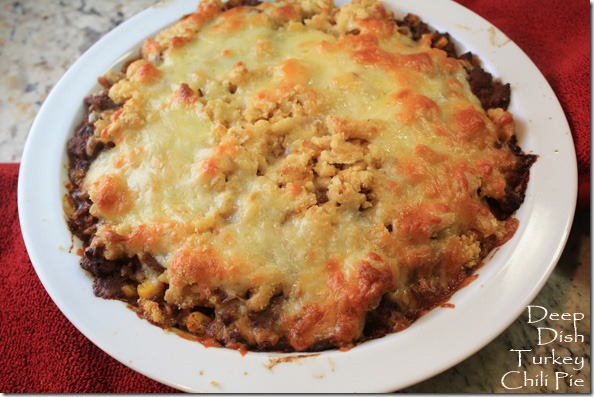
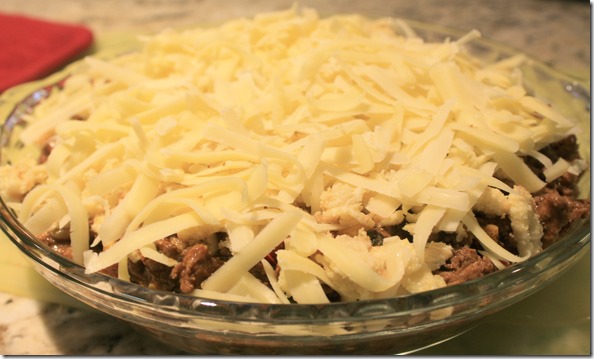

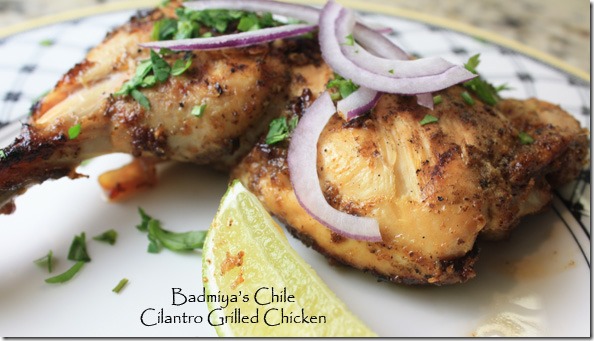
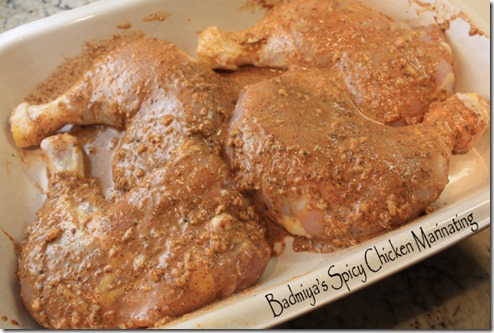
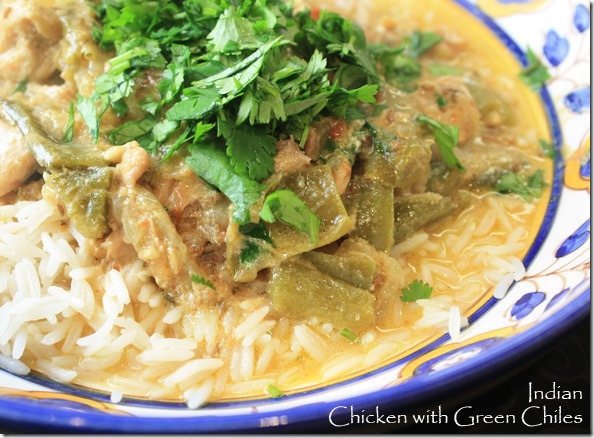
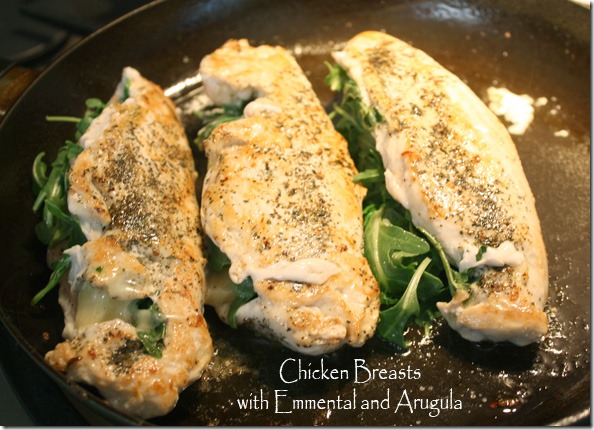
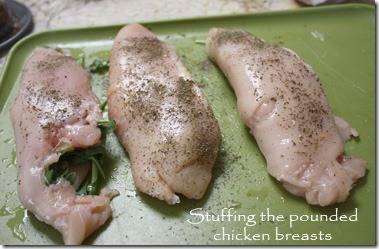
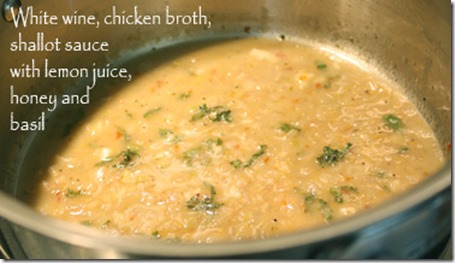
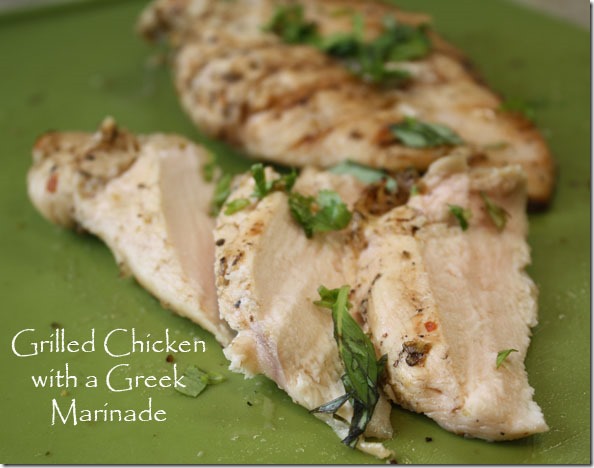
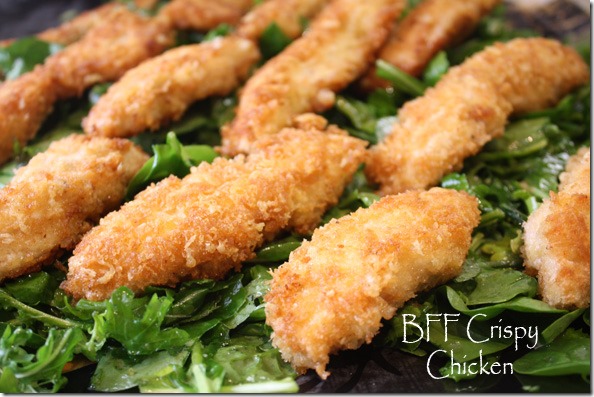
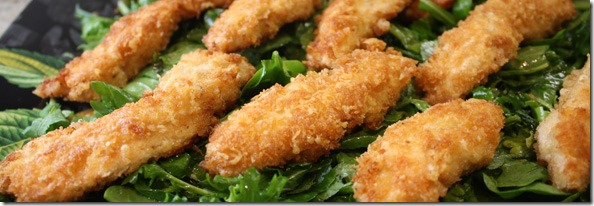
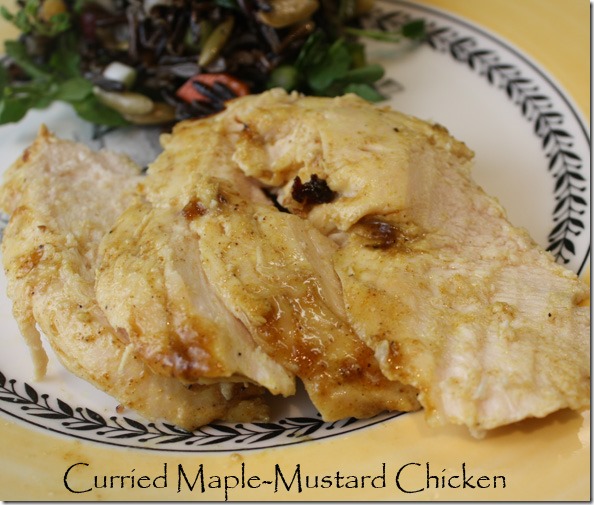
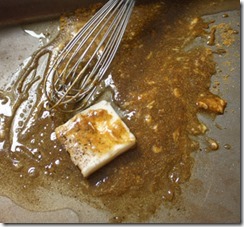
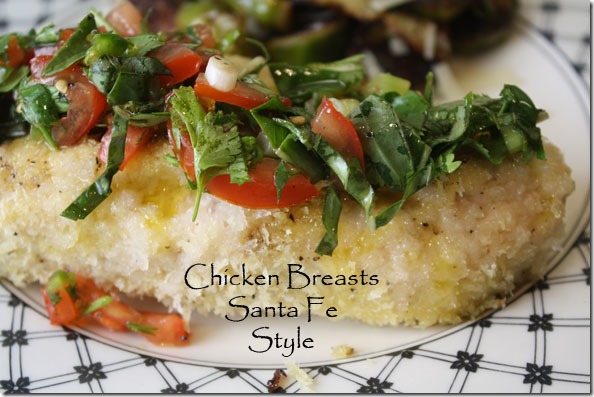
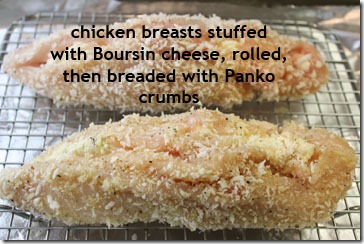
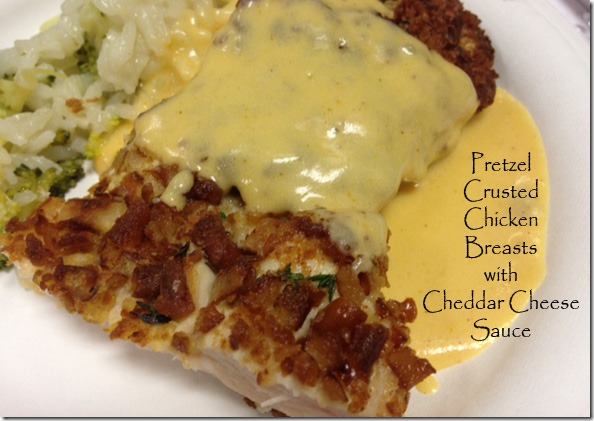
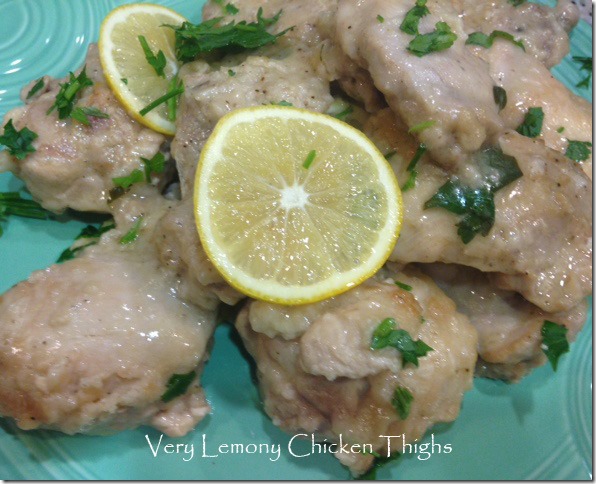
Leave a Comment!